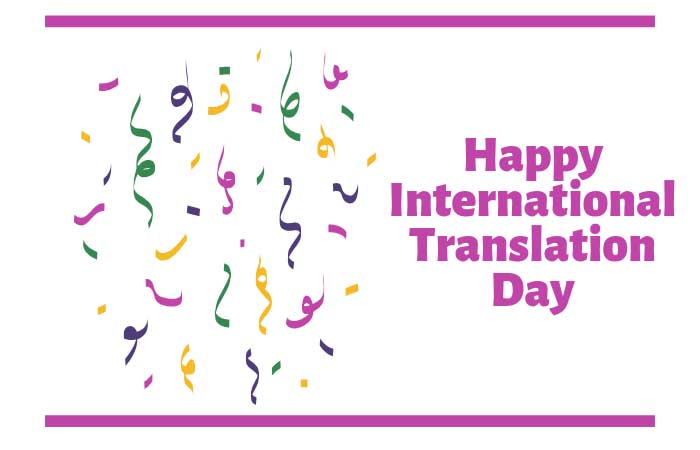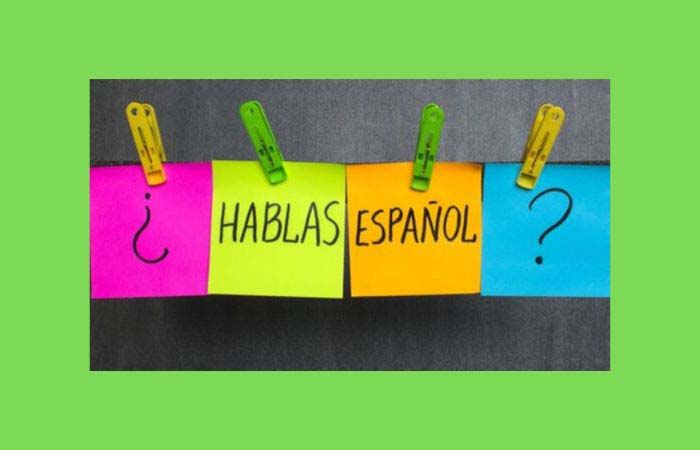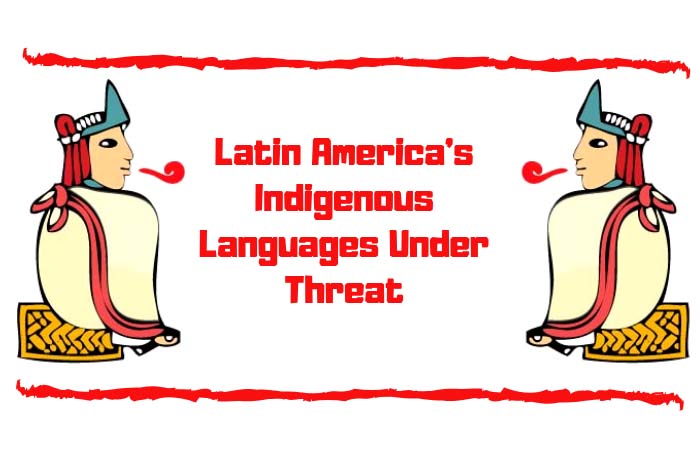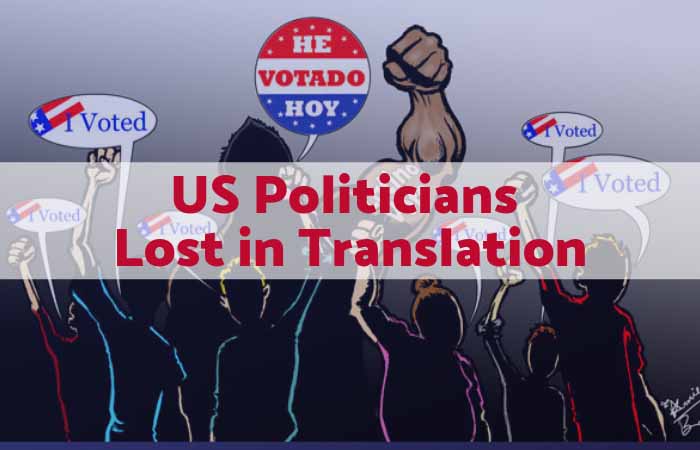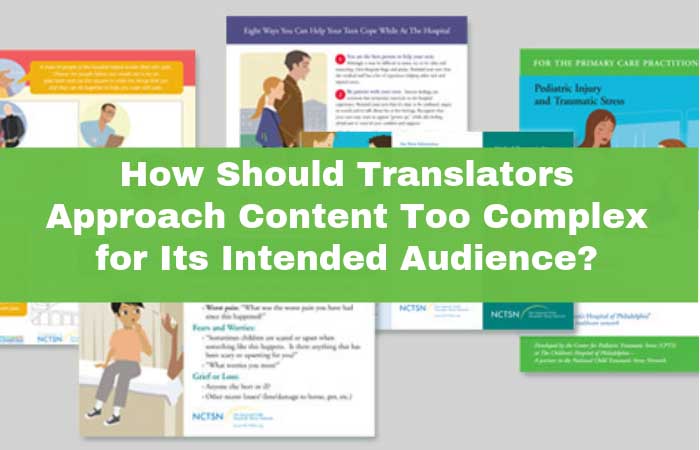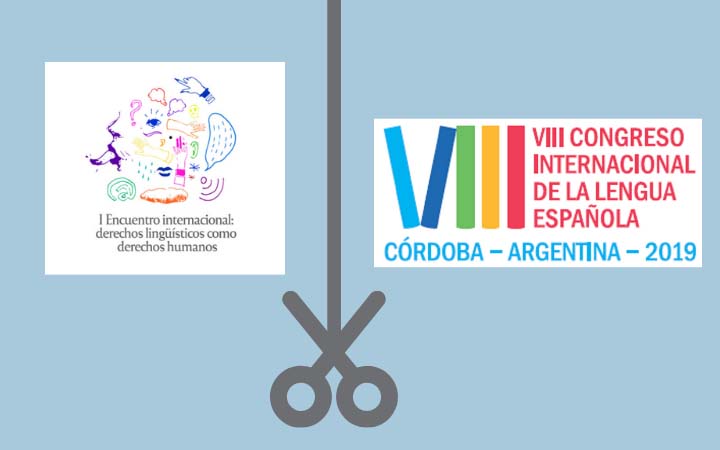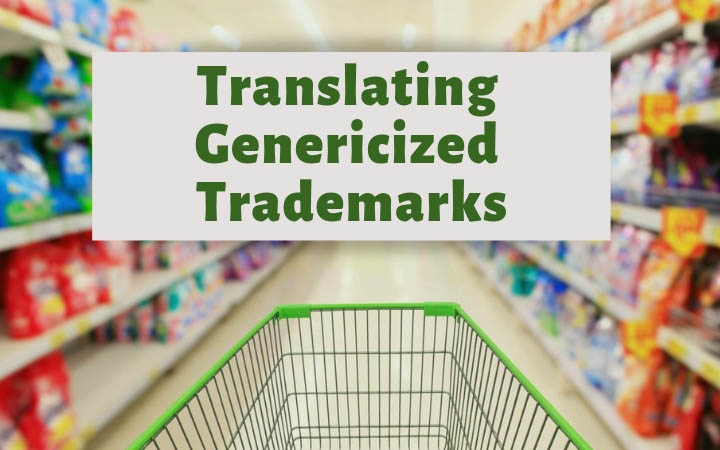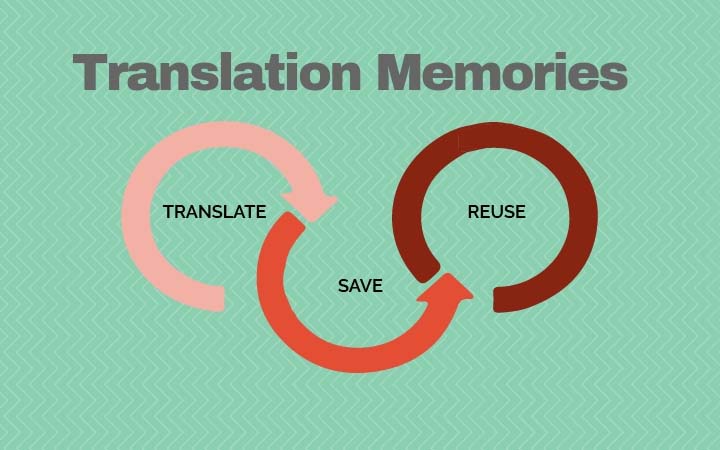In an age when more business is done online instead of face-to-face, writing correctly has never been so important for making a good impression. In today’s world, writing using the correct grammar and avoiding silly spelling mistakes is as key to coming across well online as having a firm handshake in the analog business world.
The Importance of Writing Well Online
Whether you’re writing an email, updating a blog on your website, posting on social media or writing a report, good writing will always help whatever your needs. This is a fact that businesses today are well aware of, leading to an increase in the popularity of proofreading services and software, which reflects the importance of writing well in the modern age. In fact, according to one study by BBC News, even just a single spelling mistake can cut sales in half, with Oxford University’s Professor Dutton adding that it can “raise concerns over trust and credibility.”
Writing well isn’t just about knowing the do’s and don’ts of grammar, it’s also about expressing yourself in a way that will appeal to your audience, be they readers of your website or customers of your products. It is for these same reasons that good translation and localization is important, and finding a translator who can convey your message naturally through good writing is crucial when pursuing a multilingual audience.
Good Writing Needs Good Translation
Even if you write well in one language, poor translations into another will likely cause misunderstandings and make a poor impression, coming across as uninterested in the language or their custom. Good translation is, like good writing, about showing respect and doing so will help improve your reputation and make a good impression on the reader. If you take the time to get a professional, accurate translation, then it shows you have respect for the language while also avoiding misunderstandings that could prevent you from reaching your potential. In some circumstances, spending a little extra on having a skilled translator can hinder confusion that could potentially even lead to lawsuits.
Don’t Skimp on Translation
Good translation isn’t just about the writing itself. This is something that is often misunderstood and a reason why many businesses choose to cut corners and rely on machine translation tools alone. Good translation is also about localization and knowledge of the target culture as well as the language, being able to adapt the copy to suit the needs of the target market. For example, if you write in English in an informal, friendly manner with lots of colloquialisms, translating these directly into Spanish using an automatic translation tool would be highly confusing. In these circumstances, localization is about being able to adapt content for the target market and in this example, it’d feature the use of Spanish colloquialisms.
Using a machine translator or even a human translator who either isn’t a professional or fully aware of cultural differences can have negative effects on your content, and this will very likely lead to mistakes that could cost you clients.
It’s very important to not only write well in the first place but when translating to another language, to make use of a professional translator who can not only translate your text but adapt it, making it suitable for a local audience.



